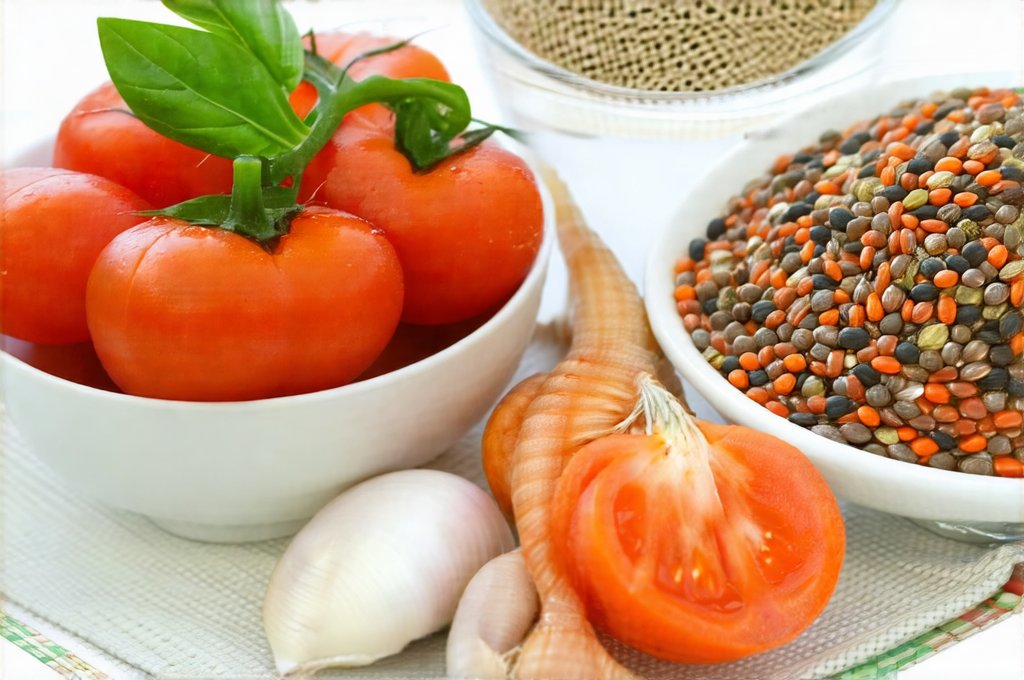Cystitis flares can be incredibly debilitating, bringing with them a painful urgency and disruption to daily life. Often, individuals search for ways to alleviate symptoms quickly, and dietary changes frequently top the list of potential remedies. It’s important to understand that food isn’t a cure for cystitis, but strategically adjusting your diet during a flare-up can significantly impact symptom severity and support overall healing. This is because certain foods can irritate the bladder lining, exacerbating discomfort, while others are gentler and may even possess soothing properties. Understanding this interplay between food and bladder health is crucial when navigating a flare.
This article will focus on providing practical guidance on what to eat – and what to avoid – during a cystitis flare-up. We’ll explore the rationale behind these recommendations, emphasizing that dietary needs are individual and may require experimentation to find what works best for you. It’s also vital to remember this isn’t a substitute for medical advice; always consult your healthcare provider for diagnosis and treatment of cystitis. The goal here is to empower you with knowledge so you can make informed choices about your diet during challenging times and potentially lessen the burden of a flare-up.
Dietary Considerations During a Cystitis Flare
The core principle behind dietary adjustments during a cystitis flare revolves around minimizing bladder irritation. A healthy, balanced diet is always important, but when experiencing a flare, we focus on reducing substances known to aggravate the urinary tract. This means prioritizing gentle foods and staying adequately hydrated – water is your best friend! Many foods contain compounds that can either soothe or inflame the delicate bladder lining. For example, acidic foods like citrus fruits and tomatoes are common irritants for some people, while alkaline-producing foods may offer some relief. It’s important to note that individual sensitivities vary greatly; what triggers one person’s flare might not affect another. If you are unsure about dietary restrictions during a UTI, it is helpful to review what to eat and drink for more information.
Hydration is paramount during a cystitis flare. Water helps flush out bacteria from the urinary tract, diluting urine and reducing its acidity. Aim for 6-8 glasses of water daily, or even more if your healthcare provider advises it. Beyond plain water, herbal teas (caffeine-free!) like chamomile can be soothing. Conversely, avoid alcohol, caffeine, and carbonated beverages – these are notorious bladder irritants. The goal is to keep the urinary tract happy and functioning optimally, and adequate hydration is fundamental to achieving this.
Focusing on whole, unprocessed foods will also support your body’s natural healing processes. Processed foods often contain additives, preservatives, and high levels of salt, all of which can contribute to inflammation and bladder irritation. Incorporating anti-inflammatory foods like berries, leafy greens, and fatty fish (salmon) may further aid in reducing discomfort. Remember that dietary changes are a supportive measure – they work best alongside medical treatment prescribed by your healthcare provider.
Foods to Favor During a Flare
When navigating a cystitis flare, the focus shifts toward gentle, bladder-friendly foods. These are typically mild in flavor and low in acidity. Bland doesn’t necessarily mean tasteless; there’s still room for nutritious and satisfying meals! Vegetables like potatoes, carrots, and green beans are excellent choices as they tend to be well-tolerated. Similarly, grains such as rice and oats offer a comforting base for meals without causing significant irritation. Lean proteins – chicken or fish steamed or baked rather than fried – provide essential nutrients without adding unnecessary strain on the digestive system.
Fruits should be chosen carefully. While many fruits are incredibly healthy, some can exacerbate cystitis symptoms. Pears, blueberries, and melon are generally considered safe options, while citrus fruits (oranges, grapefruit), cranberries, and pineapple should be avoided or consumed in very limited quantities. Dairy products don’t typically cause flares for everyone, but if you suspect a sensitivity, consider experimenting with dairy-free alternatives. Ultimately, listening to your body is key—pay attention to how different foods affect your symptoms. It’s also important to understand what not to eat while recovering from a UTI, as some foods can worsen the condition.
A simple diet during a flare can provide significant relief. Think of it as giving your bladder a break from potential irritants. This doesn’t need to be a long-term restriction; once the flare subsides, you can gradually reintroduce foods and identify specific triggers for future avoidance. Prioritizing gentle nourishment allows your body to focus on healing without being overwhelmed by irritating substances.
Identifying Your Personal Triggers
The first step in tailoring your diet is identifying your individual triggers. What bothers one person may not bother another, so a little detective work is often necessary. This can be done through an elimination diet – carefully removing potential irritants and then reintroducing them one at a time to observe any reactions. Keep a food diary to track what you eat and how it affects your symptoms. Be specific: note the severity of urgency, pain levels, and overall discomfort.
- Start with removal: Eliminate common bladder irritants like caffeine, alcohol, citrus fruits, tomatoes, spicy foods, artificial sweeteners, and carbonated beverages for 2-3 weeks.
- Reintroduce slowly: Introduce one food at a time, observing your body’s response over several days before adding another.
- Monitor carefully: Pay close attention to any changes in your symptoms after reintroducing a food. If you notice an increase in urgency or pain, that food is likely a trigger for you.
Don’t be discouraged if this process takes time and effort. Identifying your triggers can empower you to proactively manage your cystitis and minimize flare-ups. It’s also important to remember that triggers can change over time, so periodic reassessment may be necessary. If pain becomes unmanageable during a flare, it is helpful to know what to do if you run out of painkillers.
The Role of Alkaline Foods
The idea behind incorporating more alkaline-producing foods into your diet is based on the theory that a less acidic urine environment can reduce bladder irritation. While this isn’t universally accepted and shouldn’t replace medical treatment, many individuals find it helpful. Foods generally considered alkaline include most vegetables (especially leafy greens), some fruits like pears and melons, and almonds. However, it’s crucial to understand that the effect of food on urine pH is complex and influenced by various factors.
Focusing solely on alkalinity isn’t sufficient; a balanced diet remains essential. Overdoing alkaline foods without addressing other dietary irritants may not provide significant relief. It’s also important to note that overly alkalizing your system can have unintended consequences, so moderation is key. This is another area where individual experimentation and observation are vital – monitor how your body responds to changes in alkalinity levels.
Hydration Strategies Beyond Water
While water remains the cornerstone of hydration during a cystitis flare, there are other strategies you can employ to ensure adequate fluid intake. Herbal teas (caffeine-free!) like chamomile or peppermint can be soothing and contribute to overall hydration. Diluted fruit juice (pear is a good option) can also add flavor without being overly irritating, but limit the amount due to sugar content.
Avoid sugary drinks, alcohol, caffeine, and carbonated beverages – these are known bladder irritants that can worsen symptoms. Consider sipping on water throughout the day rather than drinking large amounts at once; this helps maintain consistent hydration without overwhelming the bladder. If you find it difficult to drink enough water, try infusing it with slices of cucumber or berries for a more appealing flavor. Remember that staying hydrated isn’t just about quantity; it’s also about consistent fluid intake throughout the day. It can be helpful to understand what to eat during a cystitis flare-up for additional support.





















